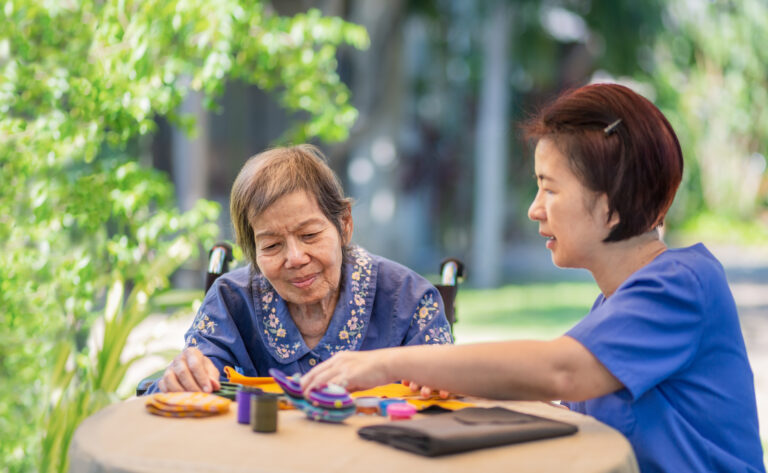Dementia is a progressive brain disorder that affects millions of people worldwide. As the population ages, the number of individuals living with dementia is expected to increase even more. This poses a significant challenge for communities to create public spaces that are inclusive and welcoming for people with dementia. The good news is that by making some simple changes, public spaces can become dementia-friendly, helping individuals with dementia live more independently and with dignity.
So, what exactly is a dementia-friendly public space? It is a space that is designed and organized in a way that respects and supports the needs of individuals with dementia. This includes physical spaces such as parks, libraries, shopping centers, and community centers. These spaces can be modified in a way that promotes safety, accessibility, and comfort for people with dementia.
Let’s take a look at some practical ways to create dementia-friendly public spaces:
1. Increase Accessibility
One of the biggest challenges for people with dementia is navigating through complex environments. Making public spaces more accessible can help alleviate this issue. This can include adding clear signage, using color contrast for better visibility, and installing handrails or ramps for those with mobility issues. By making these small changes, individuals with dementia can feel more confident and independent in navigating through public spaces.
2. Implement Safe Design Practices
Safety is of utmost importance when creating dementia-friendly public spaces. Simple things like installing non-slip flooring, minimizing clutter, and ensuring good lighting can make a significant difference. It is also essential to remove any potential hazards such as sharp edges, uneven surfaces, or trip hazards.
3. Use Familiar and Easy-to-Understand Design Elements
Individuals with dementia may find it challenging to process new information or complex designs. Using familiar and easy-to-understand design elements can help them feel more at ease in public spaces. This can include using simple and consistent layouts, recognizable symbols, and avoiding busy patterns or bright colors.
4. Incorporate Sensory Stimulation
Sensory stimulation can have a positive effect on people with dementia, as it can help reduce agitation and promote engagement. Public spaces can incorporate sensory stimulation by incorporating elements such as soothing music, calming scents, and tactile objects. This can create a more relaxed atmosphere and improve the overall experience for individuals with dementia.
5. Provide Resting Areas
People with dementia may get tired easily, and it is crucial to have resting areas in public spaces. These areas can include benches, quiet rooms, or designated rest areas with comfortable seating. These resting areas can give individuals with dementia a place to take a break, regroup, and continue with their activities.
6. Train Staff and Volunteers
Having staff and volunteers who are knowledgeable and trained in dementia care is crucial for creating a dementia-friendly public space. They can assist individuals with dementia in navigating through the space, provide support when needed, and create a welcoming environment. Training can also help staff and volunteers understand the needs of individuals with dementia and how to communicate effectively with them.
7. Promote Inclusivity and Socialization
Isolation and loneliness are common challenges for individuals with dementia. Creating public spaces that promote inclusivity and socialization can help combat this issue. This can include organizing group activities, providing opportunities for interaction, and creating a sense of community within the space.
8. Seek Input from People with Dementia and Their Caregivers
When creating a dementia-friendly public space, it is essential to seek input from people with dementia and their caregivers. They can provide valuable insights into what changes would be most beneficial for them and what may be causing difficulties in current public spaces. By involving them in the process, the resulting space will be more tailored to their needs and preferences.
In conclusion, creating dementia-friendly public spaces is not about making drastic changes, but rather about making small modifications that can have a significant impact on the lives of individuals with dementia. By incorporating elements such as accessibility, safety, familiar design, sensory stimulation, and socialization, public spaces can become more inclusive and welcoming for people with dementia. It is up to all of us to work towards creating a dementia-friendly society where everyone is treated with respect and dignity.





